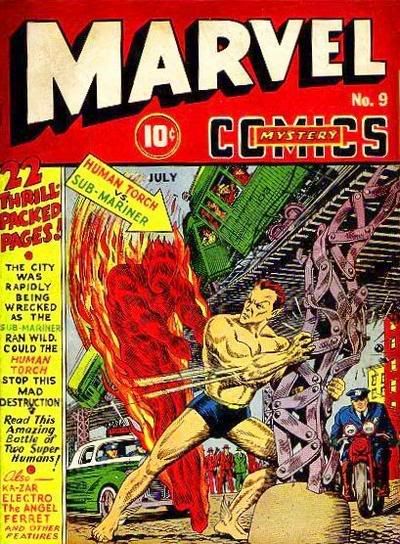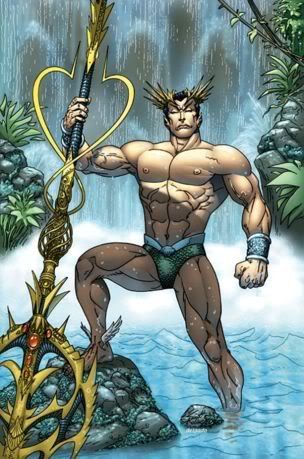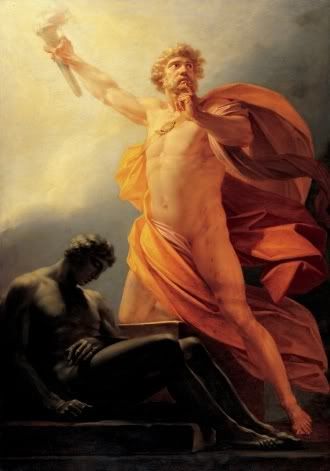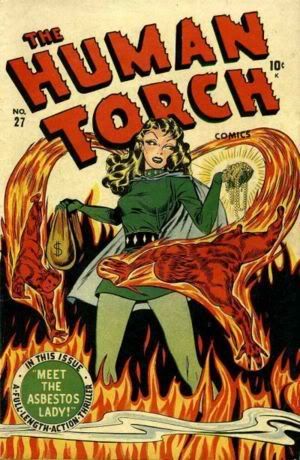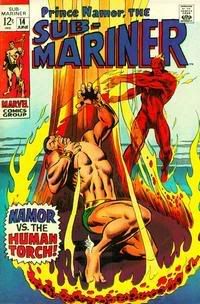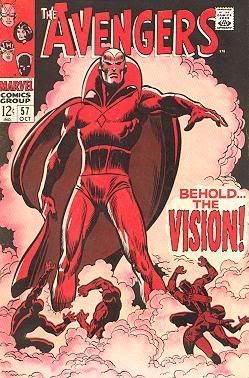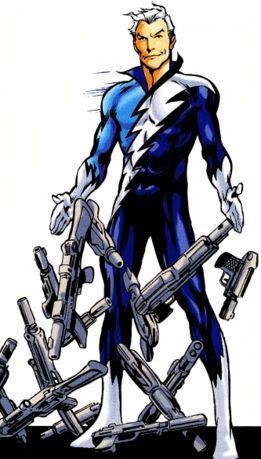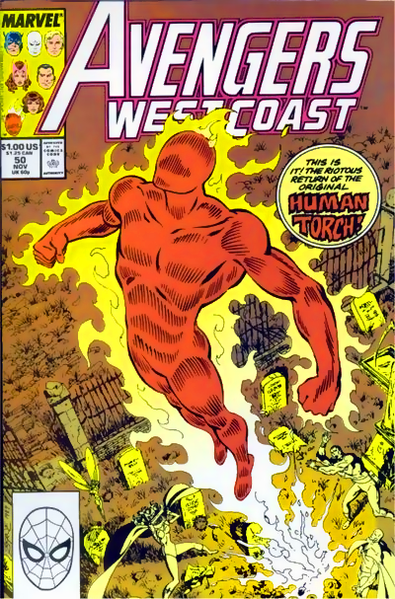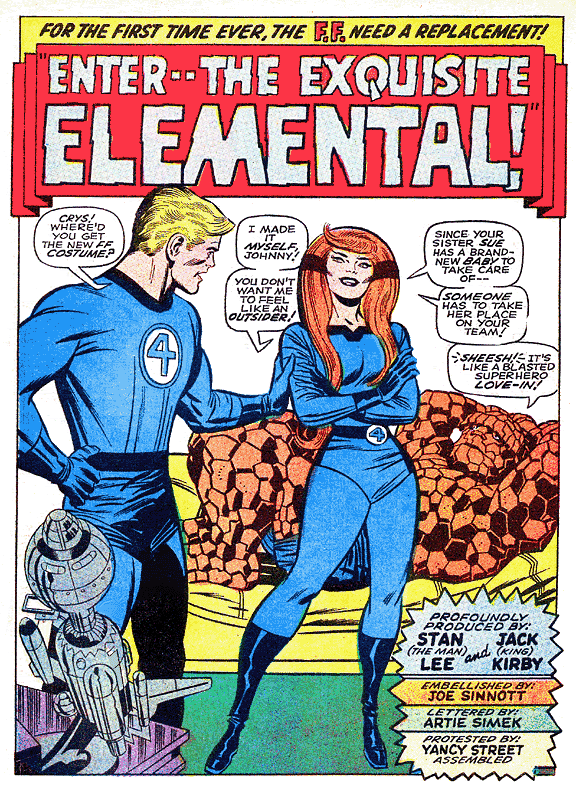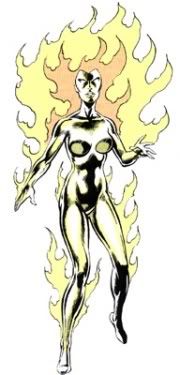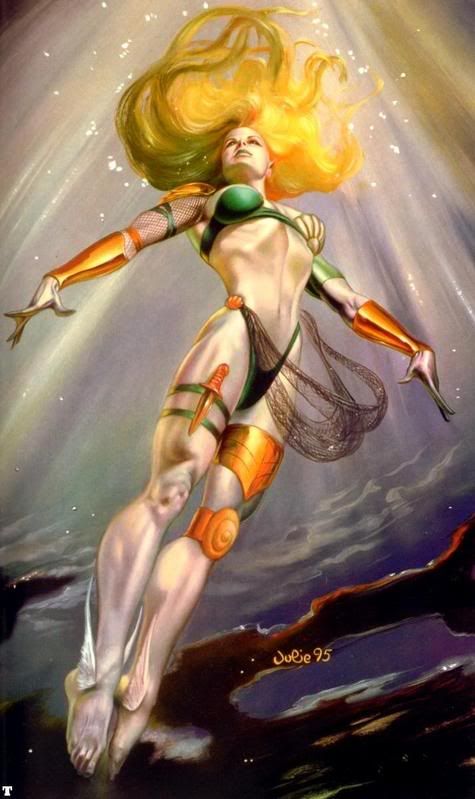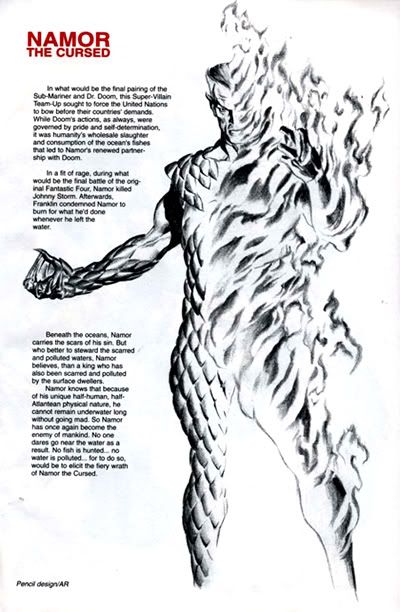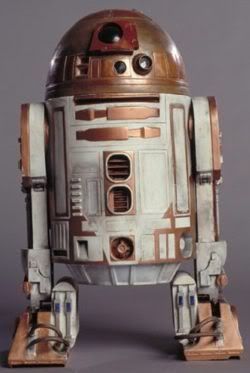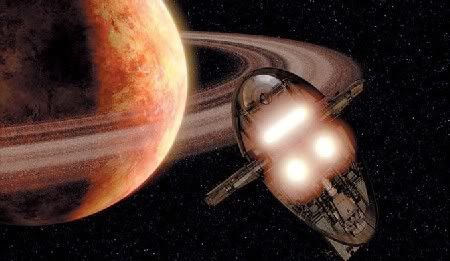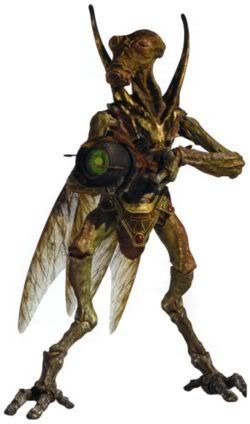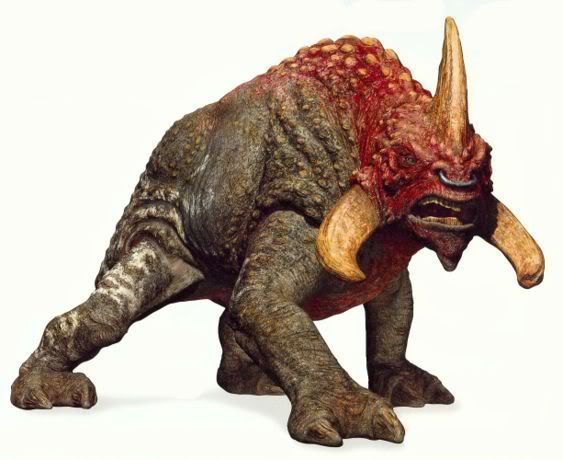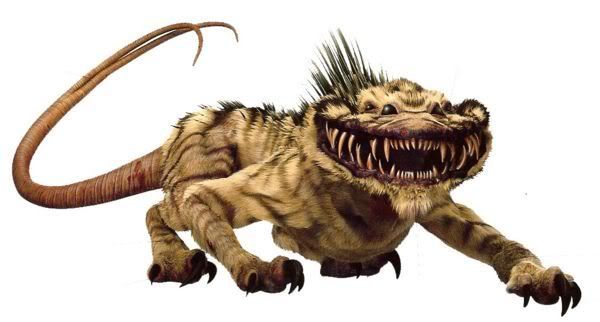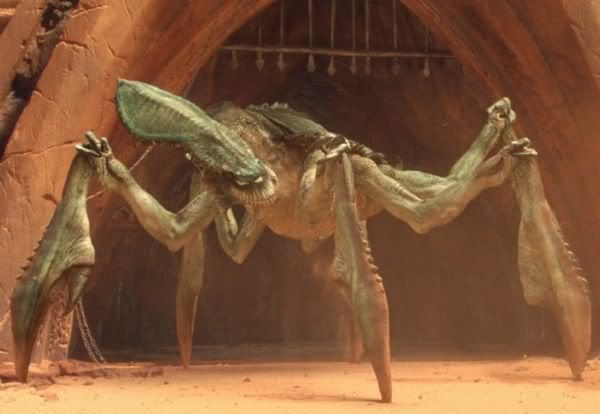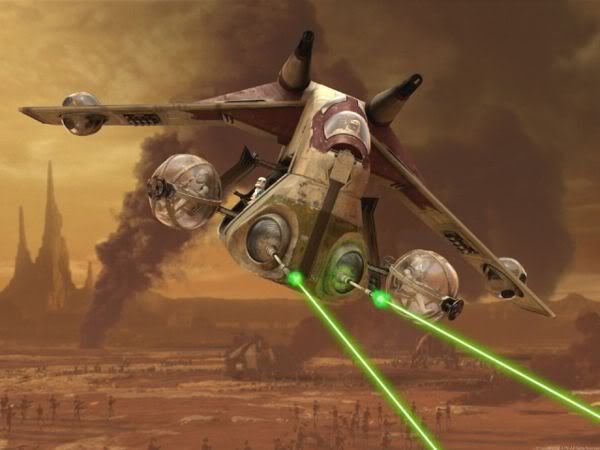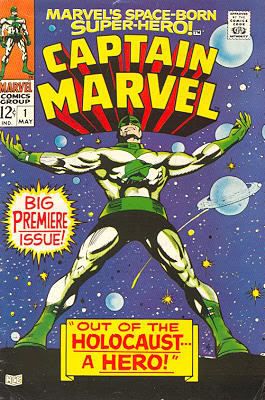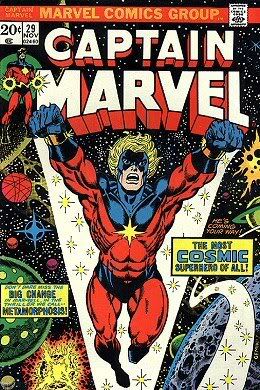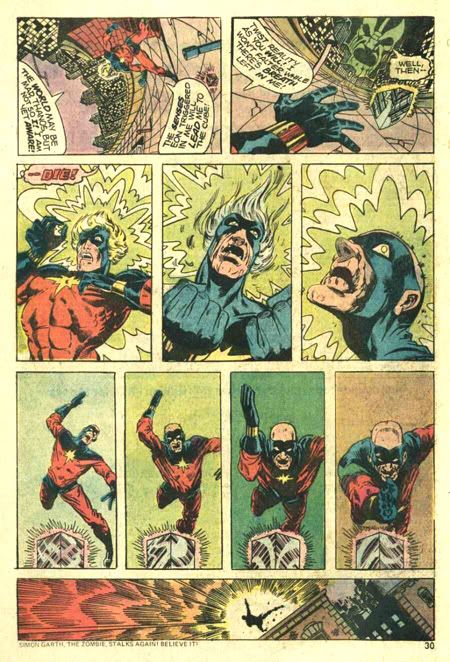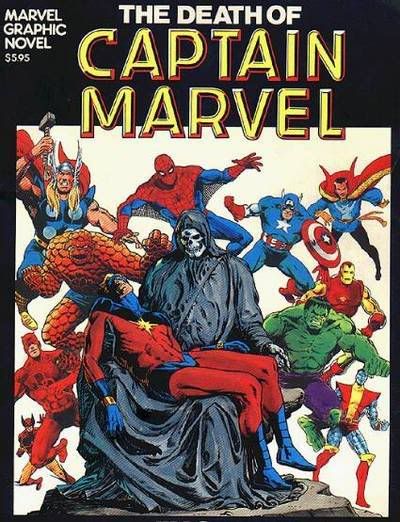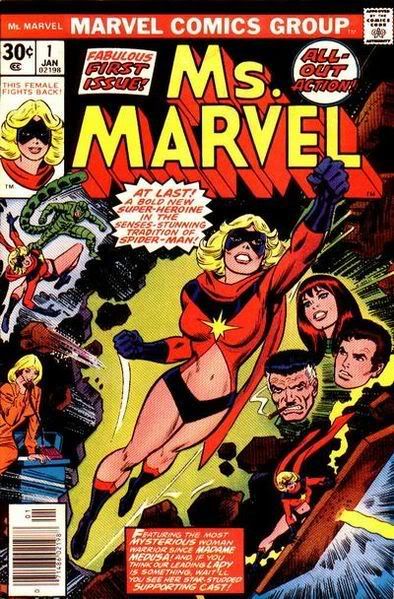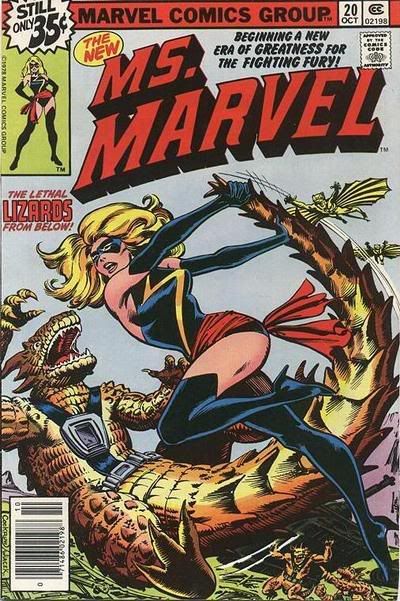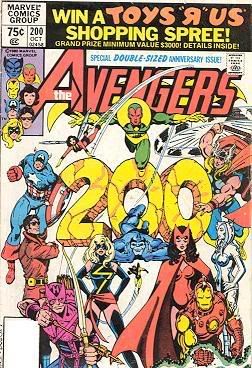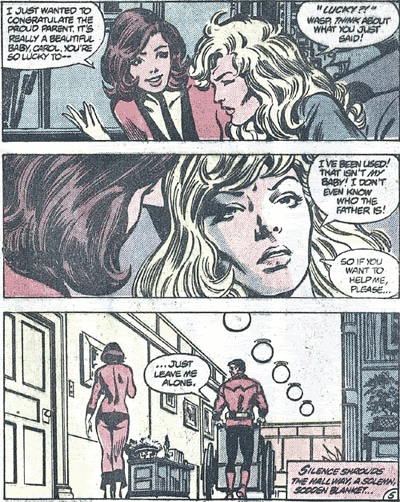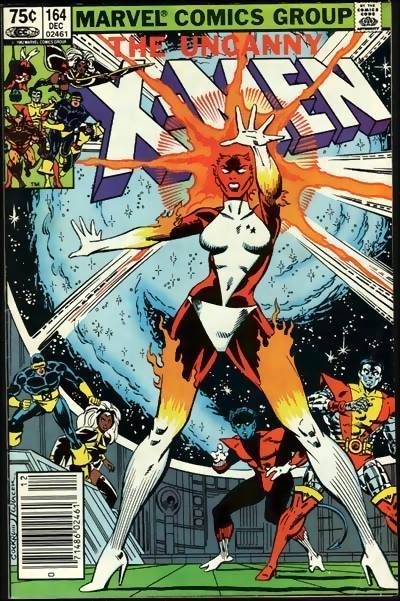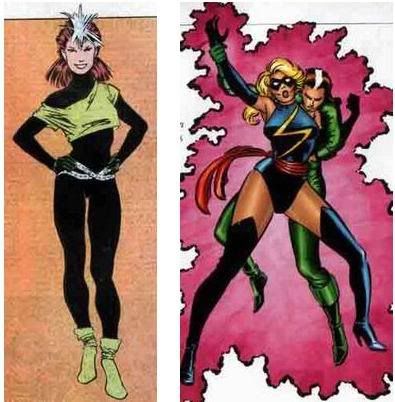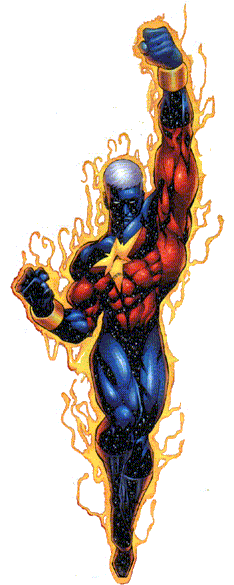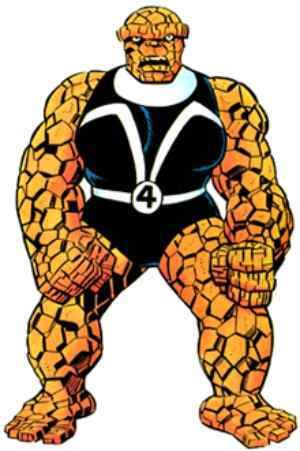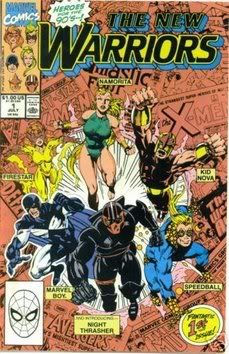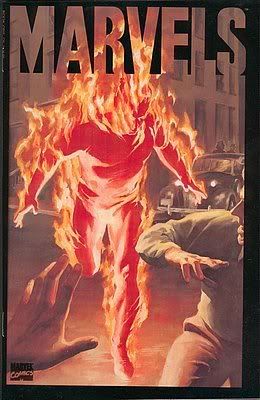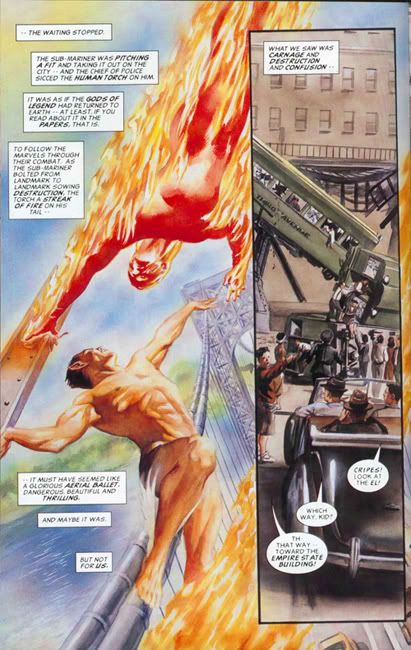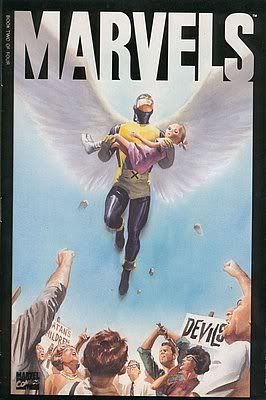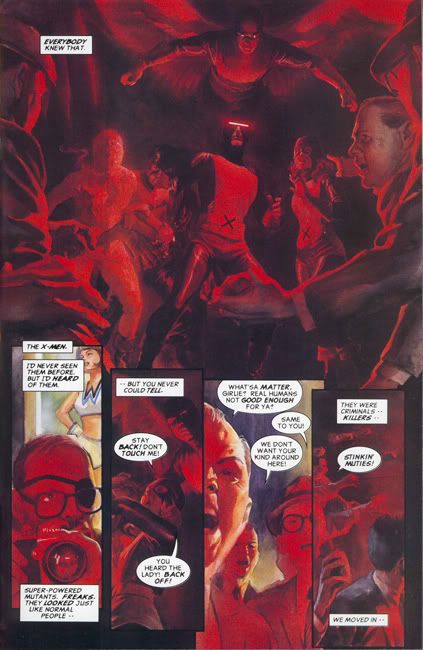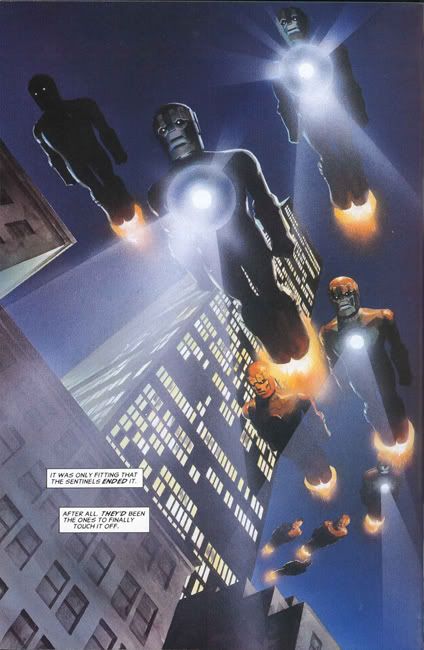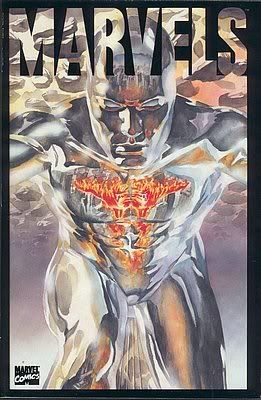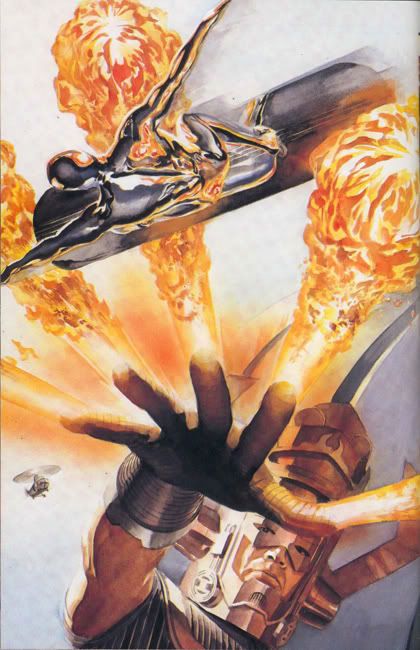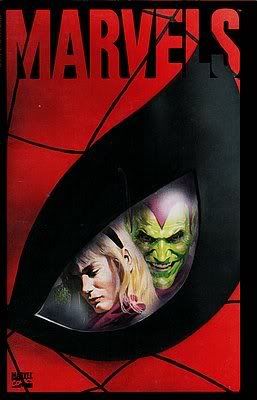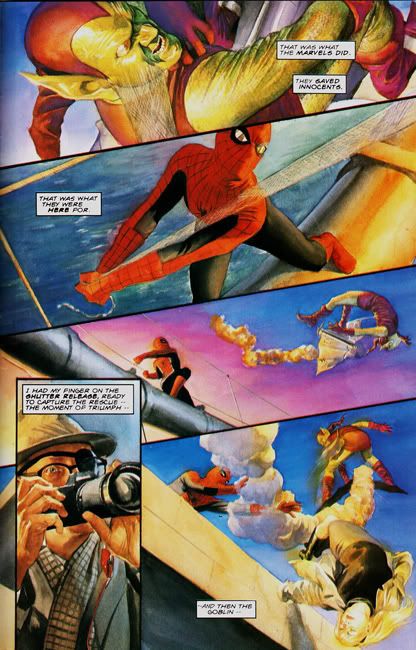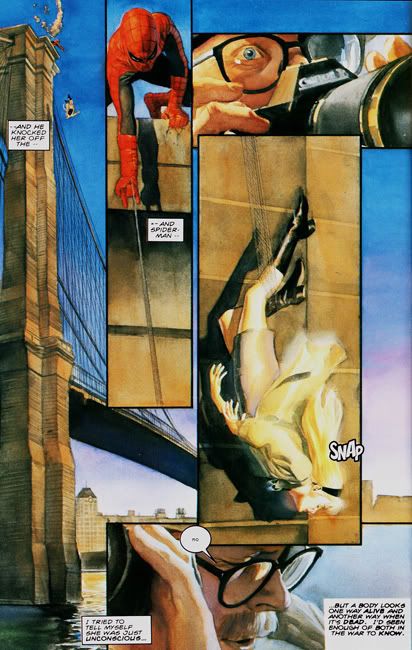To begin, here's an audio clip of Murray on "Saturday Night Live" as lounge singer Nick Winters, singing an ode to our most prominent modern depiction of the War of the Heavens:
Nick Winters "Star Wars"
Murray's first screen role was as camp counselor Tripper Harrison in "Meatballs". In the film Tripper nicknames Chris Makepeace's character Rudy Geller, "Wudy da Wabbit", a play on Elmer Fudd's "Wascally Wabbit" in reference to Bugs Bunny. Some of you may be aware of author Robert Anton Wilson's account of Bavarian Illuminati founder Adam Weishaupt's vision of a Lovecraftian Shoggoth as a rabbit, which Weishaupt called "Der Hexen Hase", "the Witches Rabbit". This term is said to be punningly preserved in the Bugs Bunny cartoons by the phrase "Wascally Wabbit".
As we shall see this is not the only connection between Murray and the Shoggoth/Phooka lunar cross-dressing trickster Bugs Bunny. In the 1980 comedy classic "Caddyshack" Murray plays golf course grounds keeper Carl Spackler, who spends the bulk of the movie matching wits with a gopher in a manner that clearly is a tribute to the antagonism of Elmer Fudd and Bugs Bunny. Murray also interacts with a rodent highly similar to a gopher in what may be his most significant role, as we see later in this post.
In between "Meatballs" and "Caddyshack" Murray starred in "Where The Buffalo Roam" as Gonzo journalist Hunter S. Thompson. The film costarred Peter Boyle as Thompson's friend and attorney Carl Lazlo. Peter Boyle is himself resonant of Prometheus due to his portrayal of Frankenstein's Monster in Mel Brooks' 1974 comedy "Young Frankenstein".
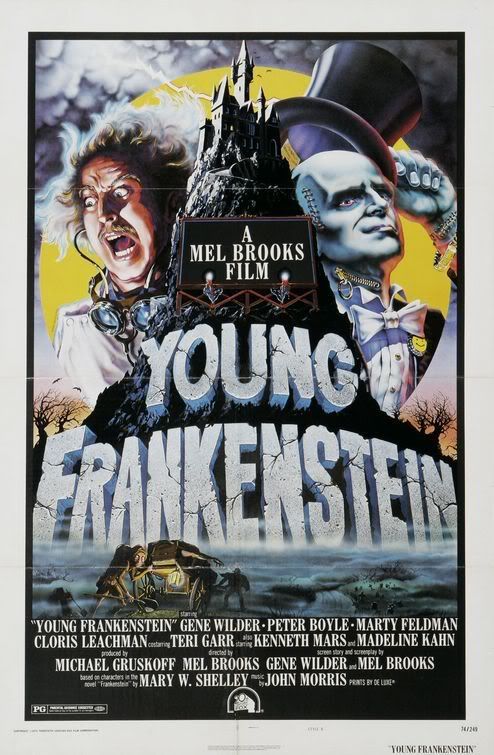
In 1981 Bill Murray played John Winger, a New York City cab driver who discovers his true nature as a leader and guide after he joins the Army in the comedy "Stripes". Murray was propelled to super-star celebrity status after starring in the paranormal comedy "Ghostbusters" in 1984, the top-grossing movie of that year. In this Columbia Pictures production, Murray starred as Dr. Peter Venkman, one of three parapsychologists who form the Ghostbusters business after being fired from New York City's Columbia University.
The logo for the Ghostbusters can be read as a diagonal bar blocking a ghost from emerging through a circular portal.

In the movie Dr. Venkman and his companions attempt to stop the fictional Mesopotamian demigod Gozer from invading New York City from a supernatural dimension. Gozer's means of opening its portal are two dog/bear-like servants, the male Vinz Clotho, the Key Master, and the female Zuul, the Gatekeeper. Vinz Clotho and Zuul possess two residents of 55 Central Park West, which in the film is described as being designed as a supernatural antenna by an insane surgeon who belonged to a secret society dedicated to the worship of Gozer.
Murry's "Ghostbusters" costars Dan Aykroyd and Harold Ramis also wrote the script for the film. Originally Aykroyd intended the Peter Venkman role for his fellow "Blues Brother" John Belushi. Belushi, however, died of a drug overdose while the script was being developed. The first supernatural entity the Ghostbusters successfully capture, the entity that would come to be called "Slimer", was an homage to Belushi. Slimer was described in the original script as "The Onion Head Ghost". The version of "Ghostbusters" that reached the screen was far scaled down from Aykroyd's original concept, which involved the Ghostbuster team traveling through time, space and dimensions battling giant ghosts. Instead of the rifle-like "Proton Projectors" the Ghostbusters were originally intended to each wield a pair of wands.
Things get even more interesting five years later when Murray reprised his role as Venkman in the sequel "Ghostbusters II". Notice that the modified Ghostbusters logo utilized for the sequel features the spirit form happy and more fully emerged through the circular portal. It also holds up two fingers in the yonic "V for Victory" sign.
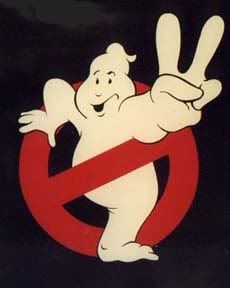
In the film the Ghostbusters reunite to battle the menace of the spirit of fictional 16th century Moldavian ruler and necromancer Vigo the Carpathian. Vigo's supernatural plot involves an emotionally reactive slime that produces psychokinetic movement in inanimate objects. The Ghostbusters discover a river of this slime in the abandoned Beach Pneumatic Transit tunnels. This detail combines the esoteric symbolism of the subway with the major occult emblem of the Underground Stream.
At one point in the film the Ghostbusters battle the spirits of the Scoleri Brothers, who are visually based on Aykroyd and Belushi's Blues Brothers characters. The film also contains a reference to artist Thomas Gainsborough's famous 1770 painting "The Blue Boy".
Clearly the most overt esoteric moment for our Human Torch resonator comes towards the climax of the movie when the Ghostbusters use the psychokinetic slime to animate the Statue of Liberty, Columbia herself. This animation is achieved by playing the slime's "favorite song", the 1967 Jackie Wilson Rhythm and Blues classic "Higher and Higher".
In recent years Bill Murray has gained attention for his ability as a dramatic actor. His first non-comedic role came in 1984, just after the first Ghostbusters movie. In fact, Murray agreed to the role in the big-budget blockbuster as part of a deal with Columbia Pictures to get the remake of "The Razor's Edge" produced. Based upon the 1944 W. Somerset Maugham novel, Murray played Larry Darrell, who was portrayed by Tyrone Power in the 1946 film version of the story. Put simply, "The Razor's Edge" is about a man traumatized during his service in the first World War who travels to India seeking enlightenment then returns to the United States to live a simple life revoking the goal of material attainment. In the novel Maugham includes himself as a minor character, a metafictional detail. In the 1984 version the locale of India is replaced with Tibet.
Another literary adaption starring Murray came in 1988's "Scrooged", a modernized version of Charles Dickens' classic "A Christmas Carol". Murray played a TV executive with the evocative name Francis Xavier Cross. This combination is also found in the X-Men comic books character Charles Francis Xavier (the X of the X-Men being a equi-armed cross tilted 45 degrees). Both character names are suggestive of occult philosopher Francis Bacon, and also to St. Francis Xavier, co-founder of the controversial Jesuit Order.
Bill Murray made a cameo appearance as a masochistic dental patient in the 1986 "Little Shop of Horrors", a film adaptation of the Broadway musical comedy which was itself an adaptation of a 1960 Roger Corman comedy film. "Little Shop of Horrors" is the story of a vampiric Venus fly trap from outer space that arrives on Earth during a solar eclipse (an indication of planetary alignment). It was directed by puppeteer/actor/director Frank Oz and filmed on the 007 Stage in England. An alternate ending cut from the film features the killer Venus fly trap perched upon the head of the Statue of Liberty.
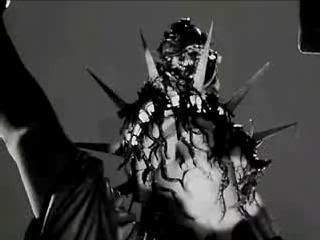
In 1991 Murray played Bob Wiley in "What About Bob?". Bob is a heavily phobic, child-like patient whose antics and simple nature ultimately heal and unite the dysfunctional family of his therapist. The story is a clear example of the symbol of the wise-fool who stumbles upon enlightenment.
Bill Murray's next role was in the classic 1993 film "Groundhog Day". Murray played weather man Phil Connors who goes to Puxsutawney, Pennsylvania to cover the February 2nd Groundhog Day event. Phil, who shares his name with the oracular groundhog "Puxsutawney Phil", comes to find that he is stuck in a time loop. Rather then moving on to February 3rd he instead repeats the events of February 2nd over and over again. Phil alone seems aware of this cycle and is able to freely control his behavior. After several iterations he kidnaps the groundhog and the two Phils die in a fiery car crash. But death does not break the cycle and Phil Connors awakens once again on the morning of February 2nd. Several suicide attempts also fail to break the pattern. Eventually Phil starts engaging in a process of self-improvement, training himself to be a proficient piano player and learning every detail of the life stories of everyone in the town. But the time loop persists until Phil is able to honestly and sincerely allow himself to love the character played by Andie MacDowell. Once this happens Phil finally awakens on the morning of February 3rd.
This may be the most significant role of Bill Murrays' career. The movie's title has entered the language as a reference to a ceaselessly repeating cycle, even outside the United States (the only nation with a Groundhog Day). It's message of self-betterment as a means of escaping monotonous routine has caused it to be hailed by religious leaders of many faiths. Some have even called it "the most spiritual film of our time". While it is not made clear in the movie, the original script described the repetition as occurring over tens of thousands of years. Quite clearly this story relates to the process of enlightenment, or spiritual transcendence and is emblematic of Eastern concepts of the cycles of reincarnation.
And esoteric details continue to proliferate in Murray's film roles. In "Mad Dog and Glory" (costarring Robert Di Nero and Uma Thurman) he played mob boss Frank Milo, a self-described "expediter of dreams". In "Ed Wood" he portrayed real life B-movie actor Bunny Breckenridge, a name that could be read as a synchronistic reference again to Bugs Bunny.
Bugs Bunny and Bill Murray come into direct contact with one another in the 1996 movie "Space Jam" (a title that, like Star Wars, essentially translates to War in Heaven). Murray plays himself in the film and is present on the golf course when Bugs Bunny and Daffy Duck travel through a magical portal that leads to "Loony Tune Land". They come to recruit Michael Jordan for a basketball game against the alien "Monstars". The Monstars enhance themselves by stealing the basket ball prowess of several professional players, taking from them the qualities that give the players their enhanced or special natures. The stakes for the Loony Tunes is enslavement in the outer space theme park "Moron Mountain". Later Bill Murray arrives in Loony Tune Land through undisclosed means (apparently he can travel through magical portals to cartoon realities) and participates in the B-Ball game with Bugs Bunny, Jordan and other Loony Tunes characters.
In the Wes Anderson movie "Rushmore" Murray is seen as Harold Blume, a business man who comes in competition with the extracurricular activity loving high school student Max Fischer for the affections of a teacher with the intriguing name Rosemary Cross. In the modernized Shakespeare classic "Hamlet 2000" Murray played Polonius, the character who utters the message "To thine own self be true".
Also in 2000, Murray was featured in the film adaptation of "Charlie's Angels". He played John Bosley, the only employee of the Townsend Detective Agency who ever lays eyes on boss Charlie. Seeing as Angels are the agents and messengers of God this is an important detail. Bosley is essentially Charlie's Gabriel or Metatron. Note the fiery, great pyramidal "A" of the movie's poster.
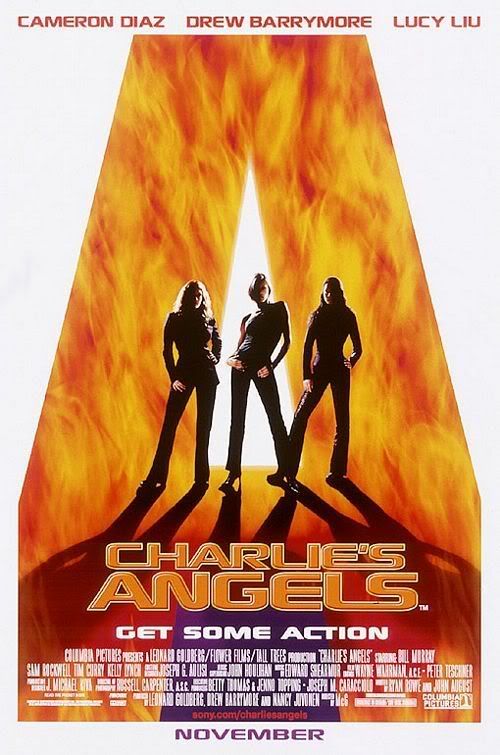
The next year Murray went from being the voice of God to being God himself, in the mixed live action/animated feature "Osmosis Jones". In the film Murray played Frank, a Zoo Keeper who is unaware of the complex civilization of anthropomorphic cells, viruses and chemicals living inside him. This movie also featured Laurence "Morpheus" Fishburne as the voice of the virus Thrax, the Red Death, which is a nod to the famous tale by Edgar Allen Poe. Chris Rock voiced the heroic white blood cell title character Osmosis Jones.
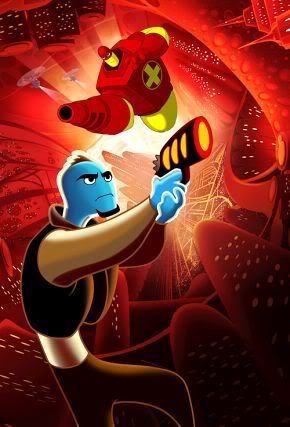
In 2001 Murray was also seen in Wes Anderson's "The Royal Tenenbaums" in the role of Dr. Raleigh St.Clair. Dr. St.Clair is a neurologist clearly based on Dr. Oliver Sacks, the author of the non-fictional "Awakenings" and inspiration for the fictional movie of the same name. I discuss Dr. Sacks' work in my article The Chemicals Between Us. The name "Tenenbaum", Ten In Baum (tree) can easily be read as a reference to the ten sephiroths of the Kabalistic Tree of Life. Note the name is close to but not quite the word for Christmas Tree in the German carol "O Tannanbaum".
Perhaps the greatest critical acclaim for Bill Murray as a dramatic actor came in response to his role in the Sofia Coppola film "Lost In Translation". Murray played a washed up, world weary actor in a loveless, long-distance marriage experiencing culture shock in Tokyo where he is filming commercials. He meets Charlotte, played by Scarlet Johansson, and the two engage in an unconsummated romance. The relationship brings out the better aspects of both characters. At the end of the movie Murray's character leaves Tokyo. He and Charlotte exchange a kiss and he whispers something in her ear that the audience is not made privy to. This moment was unscripted, meaning it was improvised like many of Murray's lines of dialog throughout his career. Whatever was whispered was something Murray himself composed. According to the British program "The Culture Show", which used audio enhancing equipment to analyze the scene, the "lost whisper" was "I love you. Don't forget to always tell the truth". In "Lost In Translation" Murray's character finds his better self through his friendship with Charlotte while he's living in Japan. This is the same model seen in "The Razor's Edge", with the spiritual enlightenment personified by Johansson's character.
Bill Murray appears in a pair of films by director Jim Jarmusch. As a waiter in the 2003 movie "Coffee and Cigarettes", and in 2005's "Broken Flowers" as a womanizer who receives an unsigned note from a former girlfriend which informs him he has a 19 year old son. Both films make heavy use of the checkerboard pattern of Masonic initiation and Pythagorean Sacred Geometry.
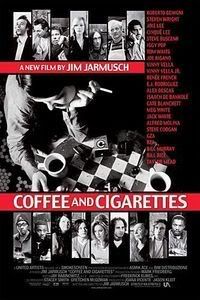

In the late 80s the success of the Ghostbusters franchise led to an animated television program called "The Real Ghostbusters". In the first three seasons of the cartoon the voice of Peter Venkman was provided by Lorenzo Music. Some may best recall Music's voice work as the unseen character Carlton the Door Man in the sitcom "Rhoda". He also provided the voice for Tummi Gummi in the NBC Saturday morning cartoon "Disney's Adventures of the Gummi Bears".

Music was also the voice for many years of animated versions of Jim Davis' Garfield character. Reportedly, Music was removed from the cast of "The Real Ghostbusters" due to a complaint by Bill Murray that Venkman sounded too much like Garfield. This is ironic as Murray provided the voice for the cartoon feline in 2004's "Garfield: The Movie" and its 2006 sequel "Garfield: A Tail of Two Kitties" (a takeoff of Mark Twain's "The Prince and the Pauper" with a title that's a play on Dickens' "A Tale of Two Cities").
Bill Murray's third film with director Wes Anderson was 2004's "The Life Aquatic with Steve Zissou" in which Murray played the title role. A parody/tribute to oceanographer Jacques Cousteau, the part interestingly makes Murray a Submariner. Steve Zissou is on a Captain Ahab type quest to find a rare "Jaguar" shark that ate his friend. Finding his better nature through the process of his quest, Zissou opts to not slay the creature when he finally locates it (plus he's out of dynamite). When Zissou and crew locate the shark they do so in a Yellow Submarine.
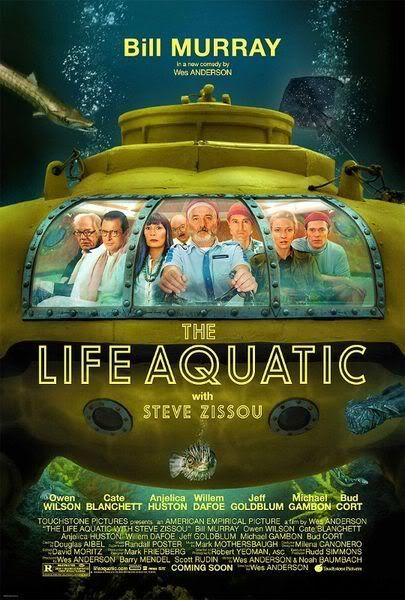
Which of course references the song and film by the Beatles. The Yellow Submarine is also found in Robert Shea and Robert Anton Wilson's "The Illuminatus! Trilogy" as the vehicle of Hagbard Celine and his crew of Virgo Discordians.
There was talk of plans for "Ghostbusters III: Hellbent", which would be a CGI cartoon rather then live action (in part due to Murray's unusual refusal to act in the third installment of anything). In the story the Ghostbusters find themselves in a Manhattan-like Hell (or Hell-like Manhattan), ruled by Luke Sifler (Lucifer) and populated by red and green demons and Blue minotaurs.
I never would have guessed it before taking a closer look, but Bill Murray's connection to the Prometheus figure via the Human Torch is wholly appropriate. Nearly every one of the films of his 30 plus year career involves enhanced or special natures, the process of enlightenment or allusions to divinity.
To thine own self be true. Always tell the truth. We came, we saw, we kicked its ass!
